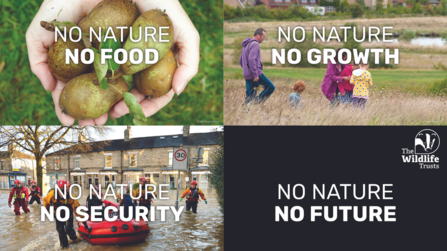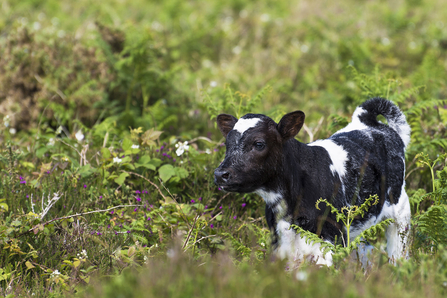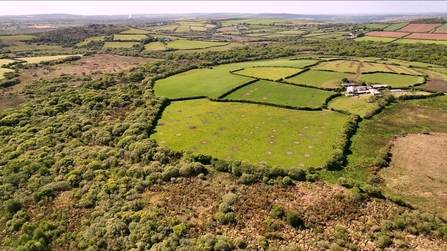2023 is well underway and we are as busy as ever here at Cornwall Wildlife Trust, but it’s helpful to take stock once in a while. The end of last year felt somewhat bleak on the nature front, with government seeming to roll back on its environmental commitments in pursuing a growth-first agenda. An underwhelming global biodiversity summit also provided little solace to those of us battling to reverse nature’s decline here in Cornwall.
How are things looking now and what might 2023 bring?
The aim of this blog is to provide an update on these important issues, but we’d also like to share our excitement about what lies ahead for Cornwall Wildlife Trust in the coming year and some of the ways in which we’ll be working hard on the ground for nature recovery in Cornwall.
Defending Nature
In a series of three blogs my colleagues and I wrote last autumn, we outlined the key threats facing Cornwall’s already-vulnerable wildlife as a result of Government decisions in 2022. In the first, I focused on the Retained EU Law Bill (sometimes referred to as the ‘Bulldozer Bill’) that threatens to remove environmental laws we have relied on for decades; in the second, I reflected on the uncertainty surrounding Environmental Land Management schemes (ELMs) that are meant to reward farmers and landowners for investing in nature; in the the third piece, I explored the Government’s proposed Investment Zones that would relax planning rules for developers.
We are so grateful for the way in which our members and supporters took part in the really important #DefendNature campaign, whether that was by tweeting an MP, writing letters or sending postcards.




